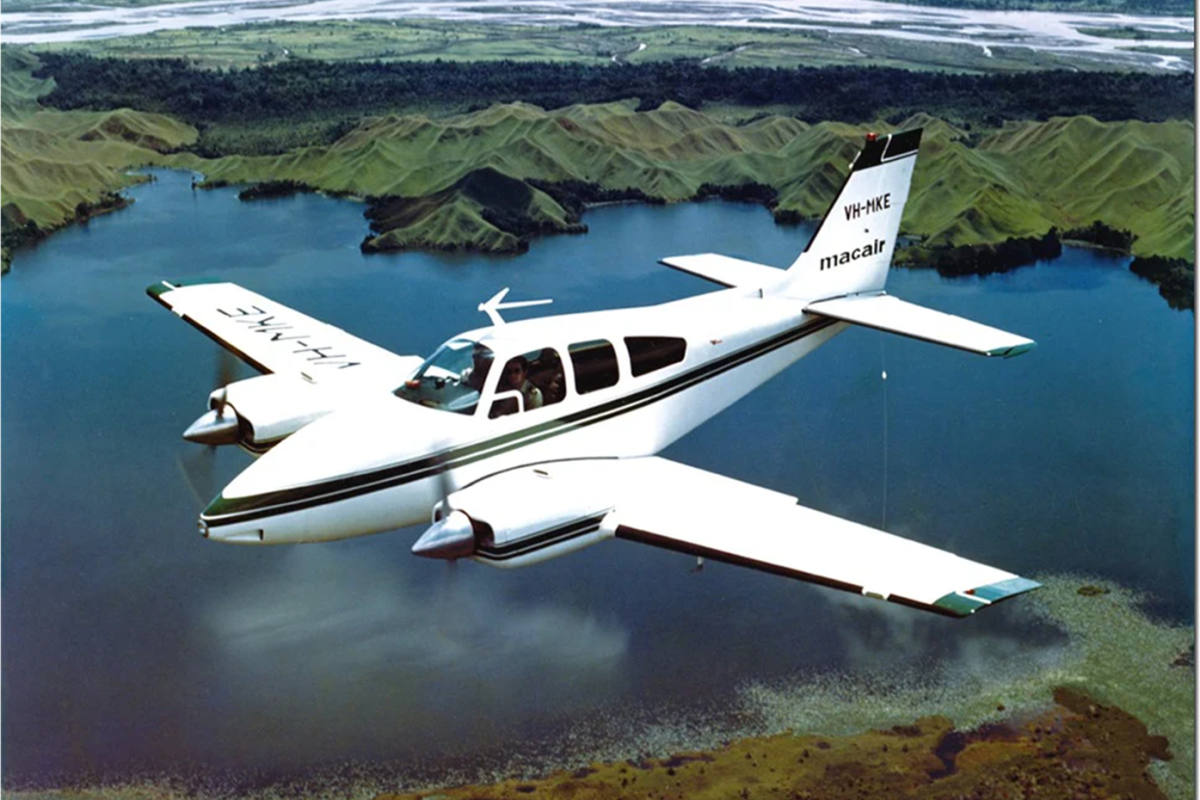LESSONS LEARNT FROM A TRIP AROUND THE BAY
Like many of you, I have been chipping away at my pilot’s licence for many years and recently I set my sights on getting my Cross Country Endorsement. As part of the series of ‘nav flights’, I was fortunate enough to have the Melbourne VFR route included. Although I am very early on in my aviation journey, I thought I would share my experiences with other RAAus members at a similar stage and pass on what I learnt.

Prior to this flight, I had completed three navigation flights to various destinations, all of which were in regional Victoria, away from other traffic or major controlled airspace ceiling limits. So, I was pretty excited when it came time to plan my trip around Port Phillip Bay and fly right past the Melbourne CBD.
The day before my flight, I set to work, studying my Visual Terminal Chart (VTC) and the purple dots marking out the correct route. I tried to absorb as much information as possible to make sure that I had my plan perfected. I checked the weather forecast constantly and had practiced reciting my radio calls to Melbourne Centre a countless number of times.
The reality was that I was going to be going right on the edge of controlled airspace and I’m not ashamed to say I was a bit nervous about it.
I think – like a lot of junior pilots – when I saw the markings tightly centred around a place like Melbourne, my natural instinct was just to avoid it. But in doing so, I mentally ignored huge amounts of uncontrolled airspace.
So the day had come. It was time for me to set out on the most exciting flight I had done yet. The weather was fantastic. There was a cloud ceiling lower than I would have liked at around 3000 feet, but more importantly, the air was smooth as glass and the sun was shining. I flew over each of my checkpoints, first to a coastal town called Torquay, then Tyabb airport which is most known for its fantastic airshow. By this point in the trip, I had been flying for around 45 minutes and was able to get comfortable and settle into a rhythm. Next off was the Melbourne Coastal VFR route.
I got myself ready, set my altitude and finally got to hit the button and do my calls into Melbourne Centre. I wish I could say that I was nonchalant about it but internally I felt like I was flying an A380. After all, I was on the same frequency as them. I continued my path around the bay and with such clean air was able to soak in the views of the CBD while my height stayed trim. Before the flight, it seemed like there were a lot of things that needed to be done during this leg, but it was really peaceful and relatively simple. In terms of actual navigation, it was kind of hard to get lost when I just had to follow a coastline, and was staring off at the high-rises making up the Melbourne CBD.

Looking back on the nav now, the main lesson I learnt wasn’t really about following the VFR route and how to handle controlled airspace, although that was part of it. The main lesson for me was to continuously challenge myself. Ironically, by travelling right alongside controlled airspace and becoming more comfortable confined to a very low ceiling, I feel as if the map has grown. After pushing my knowledge and abilities, I now don’t look at my map of Melbourne and see a big no go zone; I see a list of places to go exploring.
So if there is something that you find yourself avoiding, question why and take it as an opportunity to learn. Maybe it is a new endorsement or maybe just something that you don’t get an opportunity to practice that often. We all have to do flight reviews on a regular basis, so you might as well use the time wisely to go over some of these areas.









